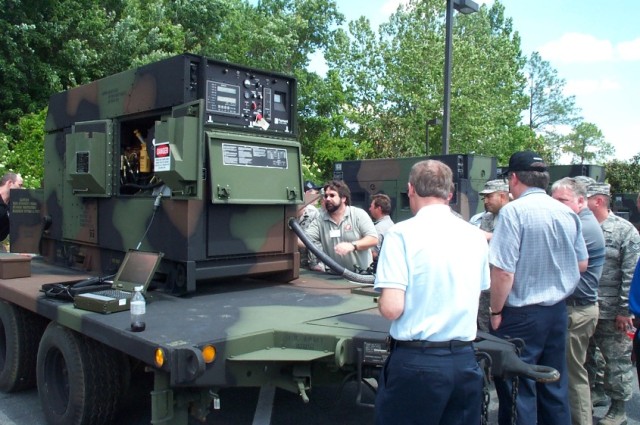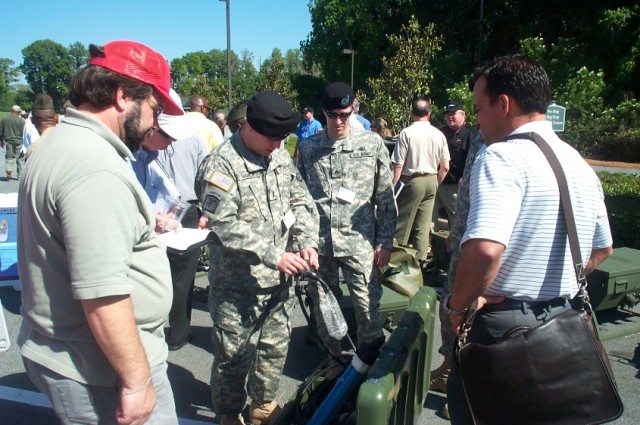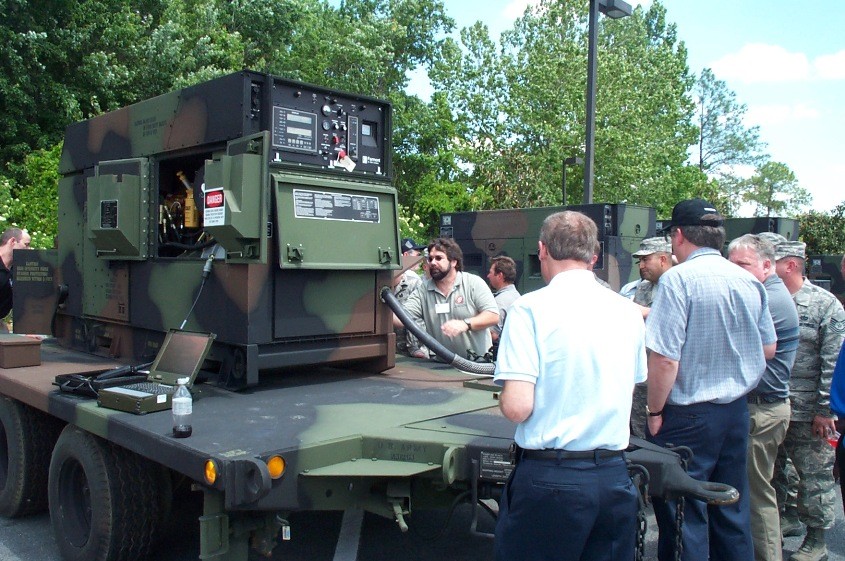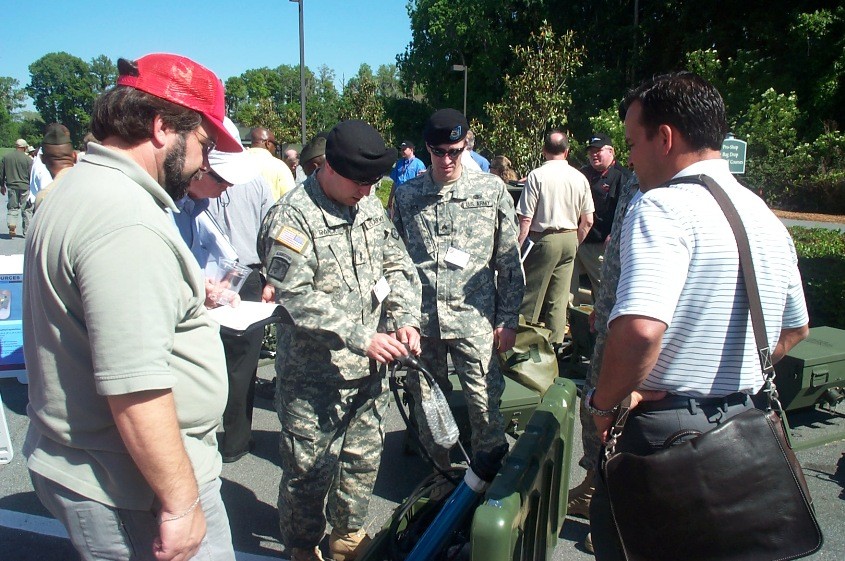ORLANDO, Fla. -- The Mobile Electric Power (MEP) User Conference is expected to strengthen products, prototypes and future conferences based on the responses from Soldiers, Sailors, Airmen and Marines in attendance.
"I look forward to getting your feedback from this conference," Maj. Gen. Nickolas Justice, the program executive officer for Command, Control, Communications-Tactical, said in his video address to the 232 attendees.
"I ask you to be active participants in all the individual sessions. We learn a tremendous amount from your feedback," he said.
The second annual conference brought together power technicians and Soldiers within the power community from all services of the DoD to review current technologies and showcase products Product Manager (PM) MEP is developing.
PM MEP supplies rugged tactical electric power sources for all DoD component services as well as Environmental Control Units (ECUs).
Individual sessions highlighted the two-day affair including sessions on power grid design and set-up, Army G8 Requirements and Authorizations, displays of current and next generation Advanced Medium Mobile Power Sources, user feedback and a session on Research and Development focus areas for future power related technologies.
Participants found the individual sessions helpful. The one aspect of the sessions that was mentioned most was the hands-on approach of the sessions and the ability to see prototypes and offer input.
"Anytime you have display items, it tends to have a positive input, because you can touch it, you can point to it," Marine Corps Lt. Col. Tom Bowers, product manager for Small Power Sources, said. "For a maintainer, which is what a lot of these guys are, they can say, 'Why is this here and not there'' So the visual is better than putting up a couple of PowerPoint slides with pictures."
Attendees also found the effort and knowledge of the presenters and the direct communication with the engineers and designers informative.
Prime contractors responsible for building the hardware systems were also present to address questions and receive feedback on performance of their systems.
The conference also gave users from different branches of the military services an opportunity to discuss tips and troubleshooting.
"We do share a lot of the same power units as other services so it's good to hear the feedback from the Air Force and the Army to see how they use equipment as compared to the way we might use it," Marine Corps Chief Warrant Officer Ken Schwartz said.
Some suggestions offered by attendees for training sessions were to hear from subject matter experts in the field on lessons learned and quick fixes from all branches of the military.
They also recommended expanding the conference so there would be more time to discuss pressing issues, trends and solutions.
Other suggestions included discussions on current power related safety issues, the current roles and responsibilities of generator maintenance operators and an ECU display.
Chief Warrant Officer 3rd grade Orlando De Jesus said training was at the core of the event.
"We're getting a lot of great new equipment, but it is important to train the Soldiers who are going to use and maintain the equipment so they will be more capable of fixing it in case they [the systems] breakdown. There are a lot of issues out there, and we need to all come together and work them out or there is no way we would be able to fix the equipment," he said.
MEP's Readiness Management Division Chief Alan Coady said feedback from the first conference had a direct impact on fixing problems noted by the Soldiers.
"We had a team go to Germany to assist a Signal brigade in taking care of what they saw as a shortcoming of not having enough equipment and, by the time we were finished, they were able to utilize equipment that they already had to satisfy their operational needs," he said.




Social Sharing